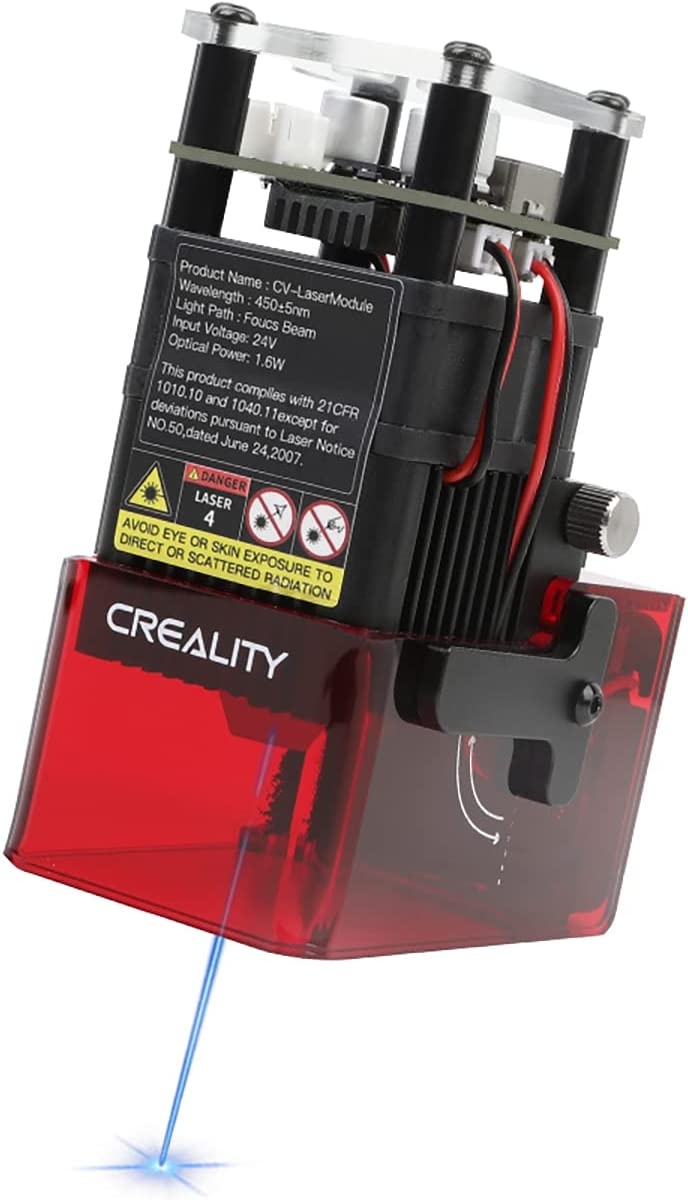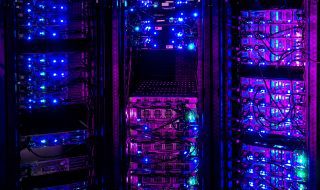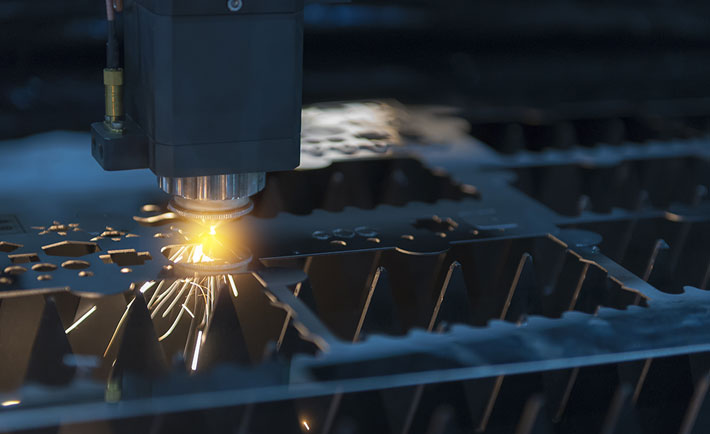
For many of us, the words “laser technology” conjure up sci-fi images from the distant future. But the truth is that lasers already play essential roles in many aspects of our lives. No matter what industry you’re in, you likely work with laser technology on a daily basis in both business and personal contexts. These are some of the most common implementations of laser technology in everyday life.
3D Printer Laser Etching
3D printer laser etching is a process of using a laser to engrave or etch designs onto 3D printed objects. The laser can be used to create a variety of effects, such as text, images, or patterns.
The laser is contained within the 3D printer, so there is no risk of exposure to harmful radiation. 3D printer laser etching is a versatile process that can be used to engrave or etch a variety of materials, including plastics, metals, and wood. It is a precise process that can be used to create very fine details, making it ideal for creating intricate designs. It is also a fast process that can engrave or etch a 3D printed object in a matter of minutes.
If you are interested in 3D printer laser etching, there are a number of things you need to do. First, you will need a 3D printer that is compatible with laser etching. Second, you will need a laser engraver. Third, you will need to find software that can create the designs you want to engrave or etch.
Convert Your 3D Printer to a Laser Engraver
Here are some of the materials that can be laser etched on 3D printed objects:
- PLA: Polylactic acid (PLA) is a common material used for 3D printing. It is a thermoplastic that is made from renewable resources, such as cornstarch or sugarcane. PLA is relatively easy to laser etch, and it can produce good results.
- ABS: Acrylonitrile butadiene styrene (ABS) is another common material used for 3D printing. It is a stronger material than PLA, and it is also more resistant to heat and chemicals. ABS can be more difficult to laser etch, but it can produce better results.
- Wood: Wood can also be laser etched on 3D printed objects. The laser will burn away the surface of the wood, leaving a blackened design. This can be a good way to add a unique touch to your 3D printed objects.
- Metals: Some metals, such as aluminum and steel, can also be laser etched on 3D printed objects. The laser will vaporize the surface of the metal, leaving a clean, smooth design. This can be a good way to add a professional touch to your 3D printed objects.
Laser barcode readers
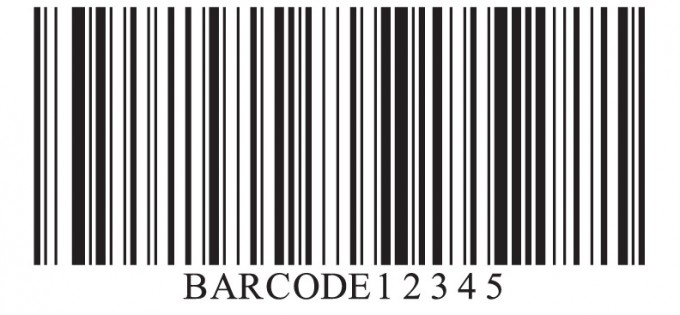
QR Codes VS Bar Codes – What You Need to Know
Laser scanners are used to read barcodes—while they have a wide variety of applications, you’ve probably seen them in stores. Simply put, the laser beam goes back and forth over the code, which is scanned and decoded by the scanner’s sensor. While there are other types of scanners, laser barcode readers continue to be the most popular option.
Laser material processing
Lasers are leveraged in a manufacturing context for a wide variety of purposes, from marking and engraving to welding and laser cutting. The aerospace, automotive and shipbuilding industries, for example, regularly use lasers for an extensive range of applications, such as for fabrication and laser etching on metal. While these services were available well before laser technology was widely available, lasers provide a much more cost-efficient and sustainable solution.
Lasers may not seem like the right tool for something like welding, but they can function the same as traditional tools, and without the need for direct contact, they’re less likely to degrade. And while they may seem less powerful than traditional tools, lasers can actually weld any metal that can be welded by conventional technology. Laser technology is also more precise than other options, making it extremely valuable when working with small parts.
Laser eye surgery
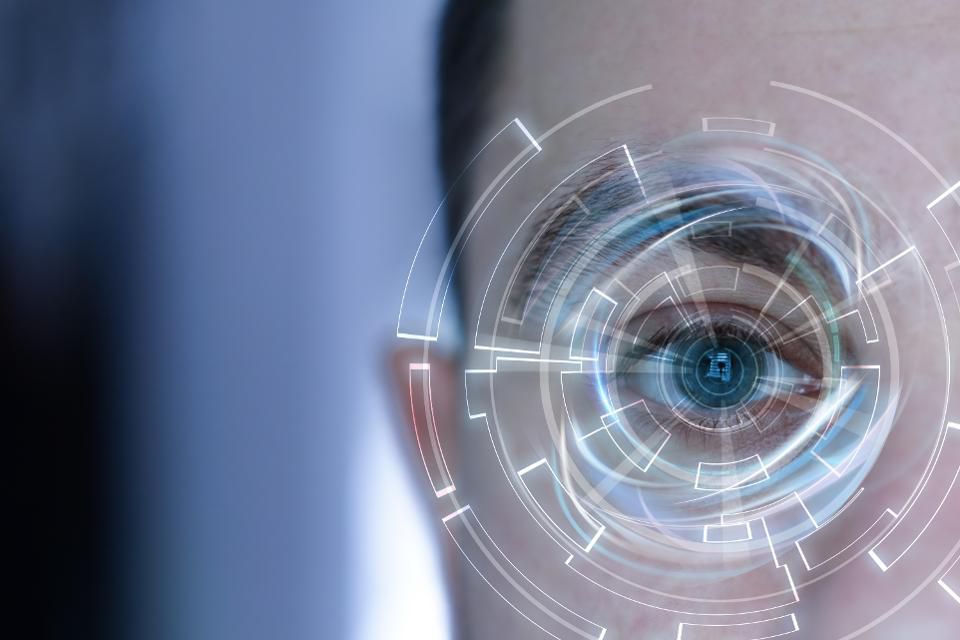
The Latest Laser Eye Surgery Innovation Shaking Up The Health Industry – And Anyone Can Do It
One of the most important medical applications of laser technology is laser eye surgery, which represents a breakthrough in medical technology. Also known as refractive surgery, procedures like LASIK are capable of addressing many of the most well-known vision problems.
Laser eye surgery has only existed since the late 20th century, but like many other laser applications, it has become increasingly effective and affordable as the underlying technology becomes more accessible. Whether you’re farsighted or nearsighted, or even if you have another condition like presbyopia or astigmatism, laser eye surgery may be your best solution.
Laser spectroscopy
Laser technology has expanded the reach of spectroscopy, creating new methods of investigation. Laser spectroscopy is utilized in chemistry to identify molecules using a structural fingerprint. While many of us aren’t involved with spectroscopy on a daily basis, laser technology has changed the way chemists approach this process.
Laser Range Finding
Laser rangefinders are tools capable of measuring the distance between the rangefinder and a given object. These devices determine distance by measuring the time it takes for the laser to travel to the target, reflect back, and again reach the rangefinder. Advanced laser rangefinders are capable of accurately determining a distance to within a few millimeters.
These tools are used in a variety of contexts, including the military, 3-D modelling, forestry, and sports. Military-grade rangefinders can measure the distance of an object up to 25 kilometers away, giving extreme precision in the most critical situations. Laser technology is continually becoming more effective and more affordable, which has led to laser rangefinders, and other products become available to a broader audience.
Summary
While it’s undoubtedly true that lasers are used in the sci-fi, futuristic, and military contexts that we associate with the technology, many of us are unaware of the significant roles lasers play in our daily lives. Nearly every industry and aspect of life involved lasers in one way or another, and their prevalence in society is only increasing as the technology becomes cheaper and more people become familiar with the associated benefits.

